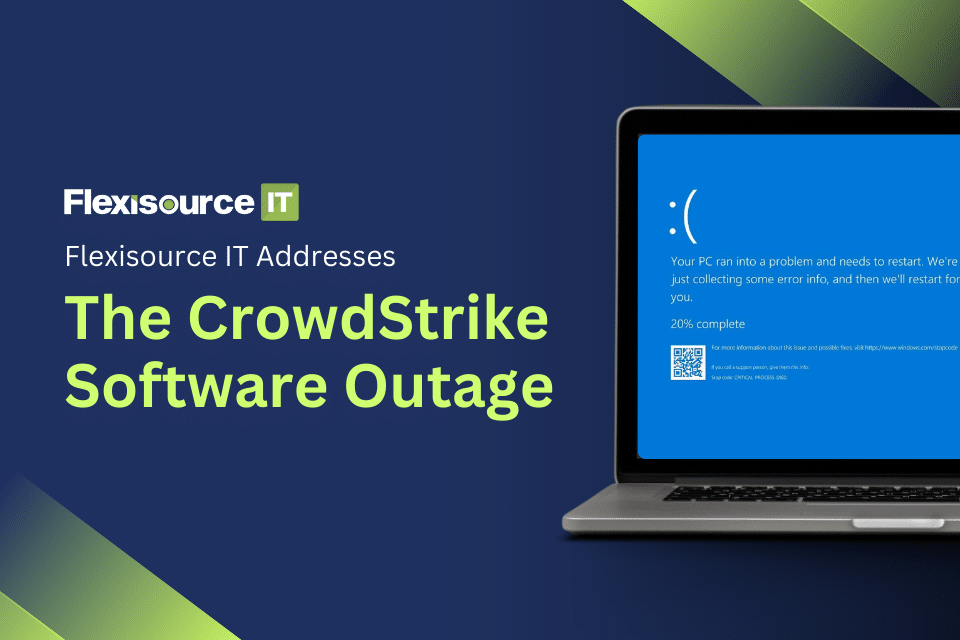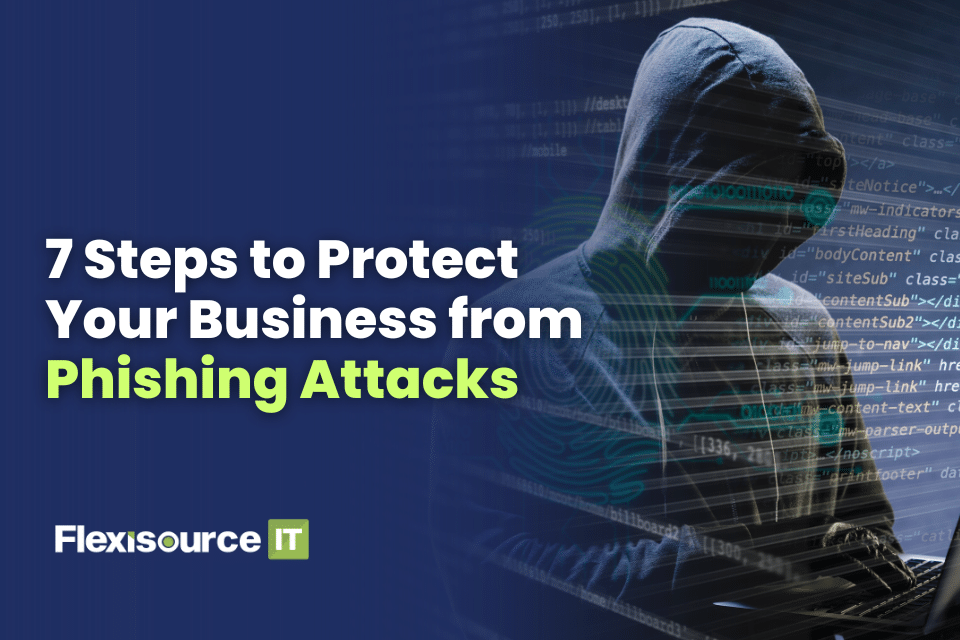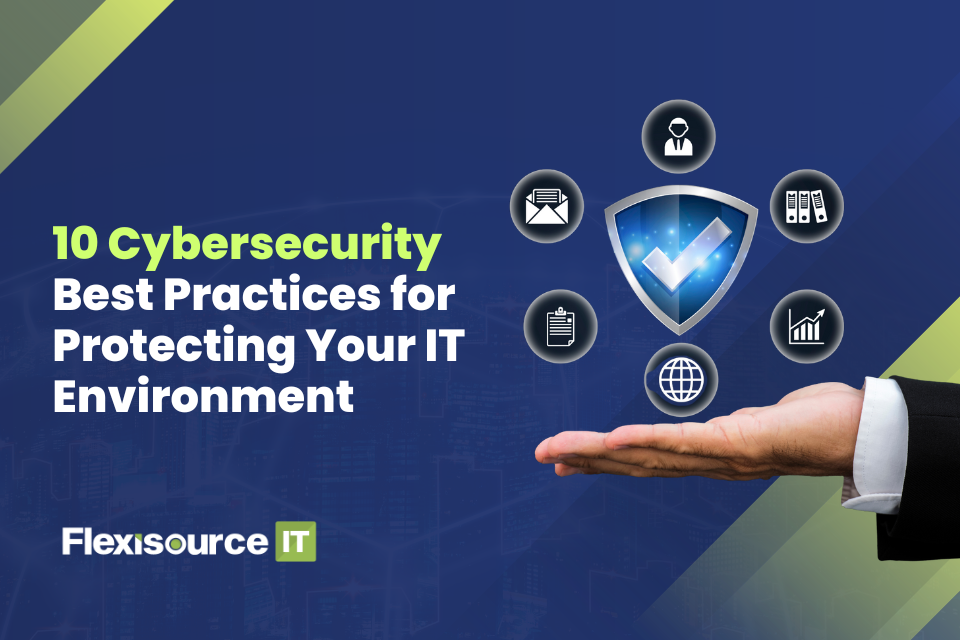Flexisource IT Addresses the CrowdStrike Outage
The recent CrowdStrike outage sent shockwaves through the tech industry, leaving many businesses vulnerable and scrambling for solutions. This critical failure sent affected machines into boot loops or the infamous “blue screen of death,” rendering them unusable. With this, many companies grappled with the unexpected disruption, and multiple essential operations came to a halt. As a leader in IT services, Flexisource IT responded swiftly and effectively to this issue. We are committed to providing our clients with reliable and comprehensive IT solutions and development. This article will detail our response to the outage. What is the CrowdStrike Outage? Crowdstrike is a leading provider of cybersecurity solutions, specialising in endpoint protection, cyberattack response, and threat intelligence. Since its foundation in 2011, the company has grown rapidly for its innovative approach to cybersecurity. So, how can a prominent player in the cybersecurity market cause a massive outage worldwide? Well, it started on July 19, 2024, when they pushed a faulty software update to their Falcon Sensor Vulnerability scanner, a platform dedicated to detecting threats and managing vulnerabilities. This update triggered widespread issues, resulting in approximately 8.5 million users receiving the “blue screen of deaths. This incident affected many businesses, including grounding commercial flights, affecting emergency call centres, and halting broadcasting services. Flexisource IT’s Action and Response to the CrowdStrike Outage Flexisource IT recognises the urgency of this issue and its profound impact on businesses. Despite not being directly affected by the outage, we took immediate action and implemented measures to mitigate any possible effects of this disruption. Our approach focused on the following key areas: Incident Assessments In the wake of the global IT outage, we initiated an immediate assessment to evaluate the impact of the outage on our internal systems. We examined a few Flexisource IT machines to identify if any of our devices were affected by the faulty update. Thereafter, we look at the knowledge base on Windows updates for further instructions and guidance on the patches and updates. Fortunately, our initial assessment deemed that none of our systems and platforms were impacted. We discovered that only users on the client domain are affected by this issue. Employee Awareness and Advisory Flexisource IT issued immediate advisories to its employees, instructing them not to apply any updates or patches to their devices using Microsoft until further notice. This precautionary measure was issued to prevent devices from being affected by the faulty update. We also provided clear guidelines on handling the situation, ensuring all stakeholders were well-informed and equipped to mitigate the impact on their operations. Likewise, our internal IT support team was available 24/7 to assist our employees in case they faced any issues. If you are still affected by the CrowdStrike outage, visit their REMEDIATION AND GUIDANCE HUB for support. Client Assistance and Support Flexisource IT extends our sympathies to those impacted by the outage. Thus, we are open to assisting our affected clients with this issue. Our IT support teams are on high alert and ready to assist those affected around the clock. If you need additional support, our company offers hands-on, step-by-step assistance to clients to ensure a smooth and efficient resolution process. Our dedicated support will ensure that your business quickly recovers from the outage and resumes normal operations with minimal downtime. Conclusion In summary, the CrowdStrike incident highlighted the interconnectedness and vulnerabilities within the global IT systems. That said, businesses should always have a proactive response to such incidents to ensure business continuity. As we continue to learn and adapt from incidents like the CrowdStrike outage, Flexisource IT remains steadfast in our mission to provide secure, reliable, and innovative IT solutions. If your business seeks a dependable partner with uninterrupted operations, we are here to help. Contact us today to learn more about how we can support your business needs.








